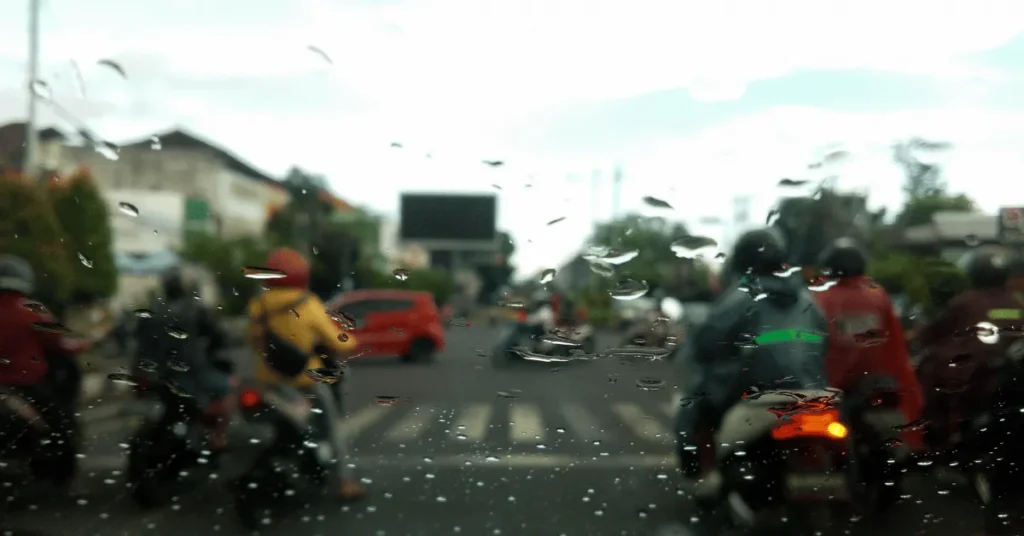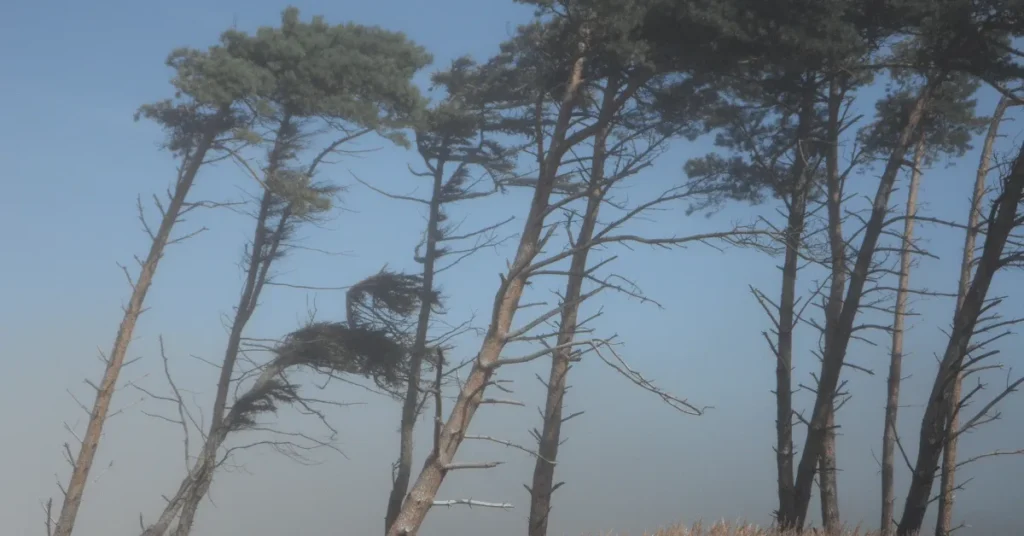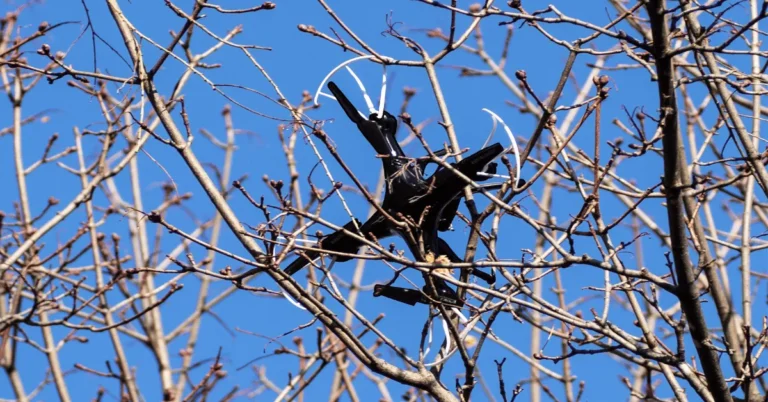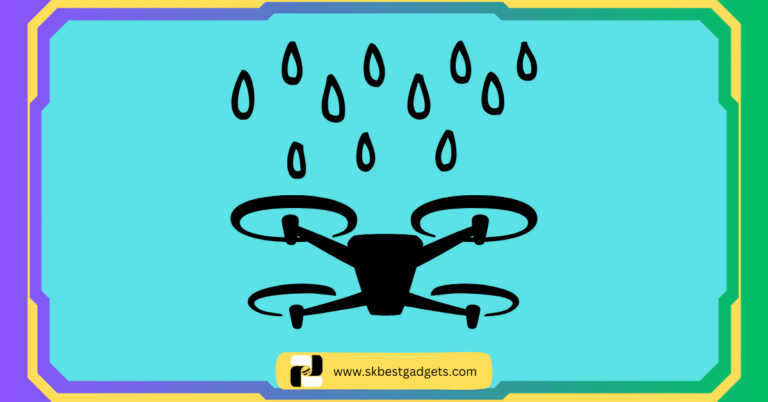Flying Drone in Drizzle: Is It Possible or Impossible?

It is not recommended to fly a drone in the drizzle, as the moisture can damage the drone’s electronic components.
If you don’t know then let me tell you that drizzle is a light rain, but it is still not recommended to fly a drone in it. The moisture can damage the drone’s electronic components and make it difficult to control.
Well, in this article I will discuss the risks of flying drone in drizzle, as well as some drones that are designed to withstand moisture.
Key Takeaways
- Drizzle is a light rain, but it is still not recommended to fly a drone in it.
- Most drones are not designed to withstand moisture, and even light rain can damage the drone’s electronic components.
- Flying a drone in drizzle can also increase the risk of crashes and other accidents.
- Some drones are specifically designed to fly in light rain, but these drones are typically more expensive than consumer-grade drones.
- If you do decide to fly a drone in the drizzle, take precautions to protect it from water damage, such as flying in a safe area away from water sources and keeping the drone’s propellers clean and free of debris.
- If your drone does get wet, power it down immediately and remove the battery to prevent any short circuits.
What is the difference between drizzle and rain?
Drizzle and rain, often used interchangeably, actually have distinct differences.
Drizzle consists of smaller water droplets falling in a light, misty form. It’s associated with lighter precipitation and can persist for extended periods.
In contrast, rain comprises larger, more substantial water droplets. It’s linked to heavier precipitation and may come with thunder and lightning.
One key distinction is droplet size. Drizzle has droplets smaller than 0.5mm, while rain has droplets 0.5mm or larger.

Intensity is another factor. Light rain has less than 0.5mm per hour, moderate ranges from 0.5 to 4mm per hour, and heavy is more than 4mm per hour.
Is flying drone in drizzle possible?
Flying a drone in drizzle isn’t a wise choice. Most drones feature small openings that can permit water entry, leading to internal damage.
Moreover, navigating a drone in drizzle, especially with mist, heightens the risk of crashes and drone damage. If you disregard this and fly in such conditions, you may forfeit your warranty coverage. DJI explicitly excludes damage caused by rain, strong winds, or storms from their warranty.
Now, let’s delve into the drone types: consumer and industrial. Consumer drones, with their vulnerable openings, are not water-resistant. Many of them also have fans that draw external air, inadvertently allowing moisture in during drizzle.

This moisture can make the drone heavier and affect its flight, potentially draining the battery faster and causing it to plummet when power runs low.
On the other hand, industrial drones like the DJI Phantom 4 or DJI Matrice series are engineered for robust performance even in adverse conditions.
They boast complete sealing, higher IP ratings, and the ability to endure drizzle, though not for extended periods.
What are the risks of flying a drone in a drizzle?
Flying a drone in a drizzle carries multiple risks. Most drones possess small openings that can admit water into their inner workings, leading to potential damage. Moreover, maneuvering a drone in drizzly conditions, especially with mist, heightens the probability of accidents and damage to your drone.
If you fly such a drone in a drizzle, you disregard its capabilities and may forfeit warranty coverage if the drone sustains damage. DJI explicitly specifies that its warranty excludes damage resulting from flying in rain, strong winds, or storms.
Drizzles often come with fog or clouds, which can significantly impede a drone’s ability to access GPS satellites. This can result in diminished GPS signal strength and make navigation more challenging.

When it’s drizzling, you should be concerned not only about rain droplets but also about the wind that may accompany light rain, further complicating navigation. Additionally, the functioning of cameras and sensors may not meet expectations when flying in drizzly conditions.
Flying a drone in a drizzle can lead to internal damage, warranty voidance, reduced GPS signal strength, navigation difficulties due to wind and rain, and impaired performance of cameras and sensors.
What are some drones that can fly in a drizzle?
Drones have been gaining popularity, yet many enthusiasts remain cautious about flying them in less-than-ideal weather conditions. Nevertheless, there exist drones specifically designed to endure light rain or drizzle.
Let’s explore some of the top drones that can handle drizzly conditions:
DJI Matrice 300 RTK: This professional-grade drone boasts an IP45 water-resistant rating, capable of withstanding light rain and accidental splashes. It also comes equipped with valuable features like a thermal camera and an advanced obstacle avoidance system.
DJI Agras 16: Tailored for agricultural use, this drone is engineered to navigate through various weather conditions, including rain, snow, and fog. Its water-resistant build and powerful motor make it adept at braving strong winds.

Parrot Anafi: A consumer-friendly drone, the Parrot Anafi meets IP53 standards for water resistance, ensuring it can handle light rain and dust. It also comes packed with features like a 360-degree camera and a built-in GPS.
SwellPro Splash Drone 3: Designed as a waterproof drone, it’s engineered to take on even the harshest conditions. It can endure waves up to 10 feet high and water pressures of up to 30 feet.
HexH20 Pro V2: This hexacopter drone boasts an IP67 water-resistant rating, allowing it to be submerged in water for up to 30 minutes. It’s also equipped with features ideal for water flight, including a waterproof camera and a flotation system.
When selecting a drone for drizzly flights, consider the following factors:
- The drone’s IP rating: A higher IP rating signifies better water resistance.
- The drone’s features: Look for drones with water-resistant bodies, robust motors, or built-in GPS for enhanced performance in adverse weather.
- The drone’s price: Drones capable of flying in drizzle often come with a higher price tag than their non-water-resistant counterparts.

If you plan to take your drone out in drizzle, take precautions to protect it from water damage:
- Fly the drone in a safe area away from water sources.
- Avoid flying it in heavy rain or strong winds.
- Keep the drone’s propellers clean and free of debris.
- Thoroughly dry the drone after each flight.
By adhering to these guidelines, you can ensure your drone remains in optimal condition and continues to perform safely, even in challenging weather conditions.
What should you do if your drone has flown in a drizzle?
If your drone has taken flight amidst a drizzle, there is a set of measures you can implement to mitigate potential damage. Firstly, power down the drone and remove its battery.
This action serves to forestall any short circuits or harm that could be inflicted upon the drone’s internal components.
It is imperative to acknowledge that even if your drone seems to be operating normally following a drizzle flight, there might still be residual moisture inside that has the potential to inflict harm over time.
Therefore, it is consistently advisable to exercise caution and adhere to the manufacturer’s guidelines when dealing with a drone that has encountered moisture exposure.

Important FAQs
Can I fly my drone in light rain without damaging it?
What are the risks of flying my drone in the drizzle?
Are there drones specifically built for drizzly conditions?
What should I consider when selecting a drone for drizzly flights?
Can flying in drizzle affect my drone’s camera and sensors?
How can I protect my drone from water damage when flying in drizzle?
What should I do if my drone flies in drizzle?
Can I fly my consumer-grade drone in drizzle with extra precautions?
Final Thoughts
In this informative piece, we delve into the nuances of flying drones in drizzly weather conditions. It becomes evident that operating a drone in drizzle is generally ill-advised due to the potential harm it can inflict on the drone’s electronic components and the heightened risk of mishaps.
Most consumer-grade drones lack water-resistant features and can incur internal damage when exposed to moisture.
Nevertheless, for individuals requiring the capability to fly in light rain or drizzle, there exist purpose-built drones like the DJI Matrice 300 RTK, DJI Agras 16, Parrot Anafi, SwellPro Splash Drone 3, and HexH20 Pro V2. These drones are meticulously designed to withstand such conditions.
When it comes to selecting a drone for drizzly flights, it’s crucial to take into account factors such as the drone’s IP rating, its array of features, and its price point.
Additionally, adopting precautions like flying in safe areas, steering clear of heavy rain and strong winds, and implementing proper maintenance practices can effectively shield your drone from water-related damage.
Should your drone find itself exposed to drizzle, adhering to the manufacturer’s guidelines is imperative to prevent potential long-term harm, even if the drone currently exhibits normal functionality.
All images are taken from Canva.com
Does The DJI Air 2s Work With FPV Goggles?
Want to take your DJI Air 2s to the next level? 🚁👓 Check out this article to see if it works with FPV goggles! Don’t miss the chance to experience a whole new perspective. 📸✨







